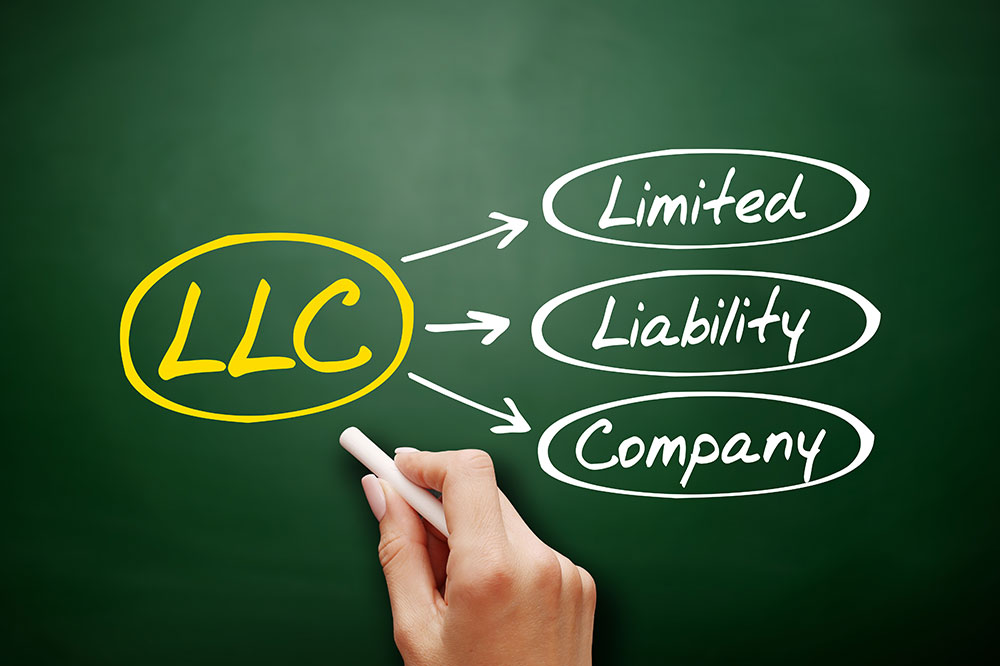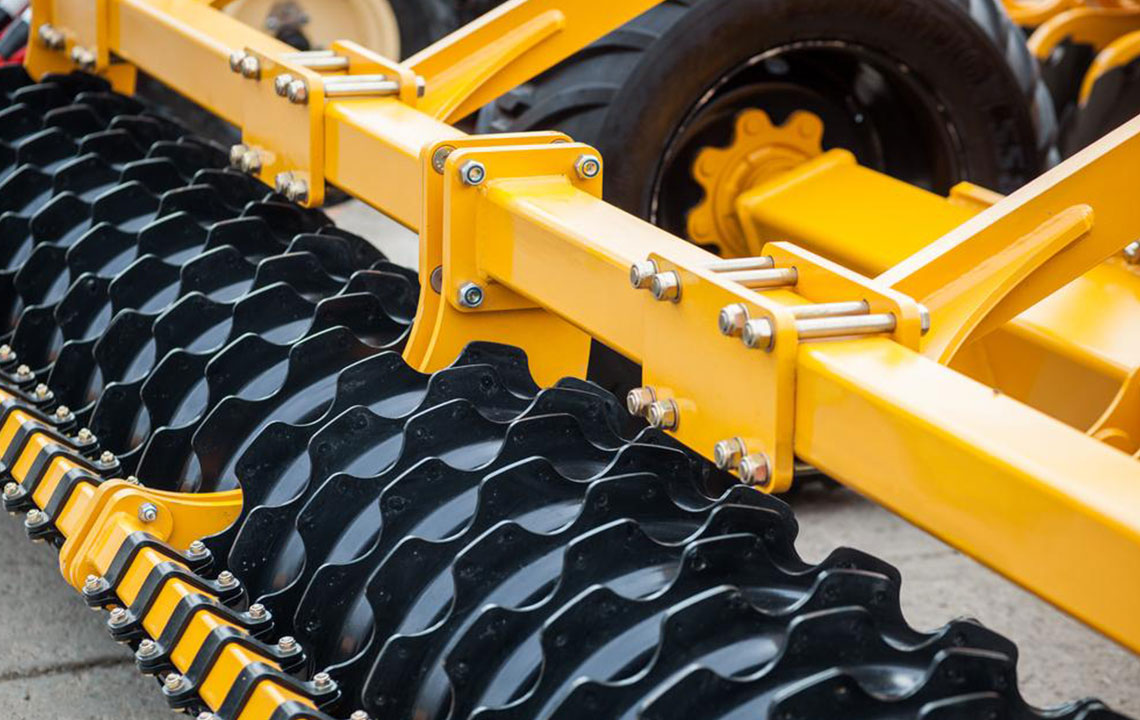Comprehensive Guide to Equipment Leasing for Small Business Expansion
This comprehensive article explores the critical aspects of equipment leasing for small businesses, including its types, advantages, and how it compares to loans. It offers valuable insights into flexible financing options, tax benefits, and strategies to support business growth through equipment leasing, making it an essential guide for entrepreneurs seeking sustainable expansion methods.

Essential Aspects of Equipment Leasing for Small Business Growth
Effective management of cash flow is crucial for small businesses aiming for sustainable growth. One strategic approach to acquiring necessary equipment without burdening immediate capital is through equipment leasing. This practice has become increasingly popular because it allows businesses to access high-quality machinery and technology with lower upfront costs, providing flexibility and financial advantages. In this detailed guide, we explore the critical aspects of equipment leasing, including its types, benefits, and how it compares to traditional financing options, empowering small business owners to make informed decisions that foster growth and stability.
Understanding Equipment Leasing versus Equipment Loans
Equipment Loan – An equipment loan involves borrowing funds to purchase equipment outright. The business assumes full ownership after purchase and repays the loan over time, typically with added interest. This method is similar to a traditional financed purchase, often involving collateral and regular repayment schedules. An equipment loan impacts the company's balance sheet as a fixed asset and liability, which can influence financial statements and borrowing capacity.
What is Equipment Leasing?
Unlike purchasing through loans, equipment leasing allows businesses to rent assets for a designated period without immediate ownership. Leasing agreements specify monthly payments and terms, with an option to buy the equipment at the end of the lease period. This approach allows companies to utilize the latest technology or machinery without the large initial investment, which can be especially advantageous for startups or businesses with fluctuating cash flow. Additionally, early payments generally cover recurring costs rather than reducing the principal, meaning interest calculations are handled differently compared to loans.
Types of Equipment Leasing
Operating Lease – Designed for short-term use or equipment intended for replacement or upgrades at the end of the lease. It provides flexibility and does not usually lead to ownership.
Capital Lease – Suitable for long-term leasing where the lessee essentially gains ownership benefits through depreciation and may have the option to buy the equipment at the end of the lease term.
$1 Buyout Lease – This lease arrangement enables the lessee to purchase the equipment at the end for a nominal fee, often just $1, making it an attractive option for businesses planning to keep the equipment long-term.
10% Option Lease – Offers the chance to purchase the equipment at a small percentage of its original value, such as 10%, typically ranging from a few hundred to a few thousand dollars depending on the asset’s initial cost.
Advantages of Equipment Leasing
Flexible Financing Options – Leasing allows businesses to acquire equipment without a hefty down payment, preserving capital. Many companies classify lease payments as operational expenses, which can provide tax benefits.
Tax Benefits – Lease payments are often tax-deductible, reducing taxable income and improving cash flow management.
Reduced Maintenance Responsibilities – Usually, the lessor handles maintenance, repairs, and upgrades, freeing the business from additional operational burdens.
Faster Equipment Acquisition – Leasing procedures tend to be quicker and less cumbersome than applying for traditional loans, enabling faster access to needed equipment.
Early Termination and Flexibility – Lease agreements typically offer options to terminate early or upgrade equipment, adapting to changing business needs.
TRAC Lease: A Specialized Option
TRAC (Terminal Rental Adjustment Clause) leases are predominantly used for vehicle financing, especially trucks, semi-trucks, and large commercial vehicles.
They offer a flexible structure, allowing negotiations around the residual value and end-of-term purchase options based on the vehicle’s market value.
Small businesses benefit from reduced monthly payments and the opportunity to buy the vehicle at a predetermined price after the lease ends, making TRAC leases an attractive financing solution for fleet expansion or transportation needs.
In conclusion, equipment leasing stands out as an essential financial tool for small businesses seeking growth, technological upgrades, or operational flexibility. Understanding the different lease types, their advantages, and how they compare to traditional loans helps entrepreneurs optimize their financial strategies. By leveraging equipment leasing, businesses can conserve cash flow, enjoy tax benefits, and adapt quickly to changing market demands, ultimately supporting sustained growth and success.





